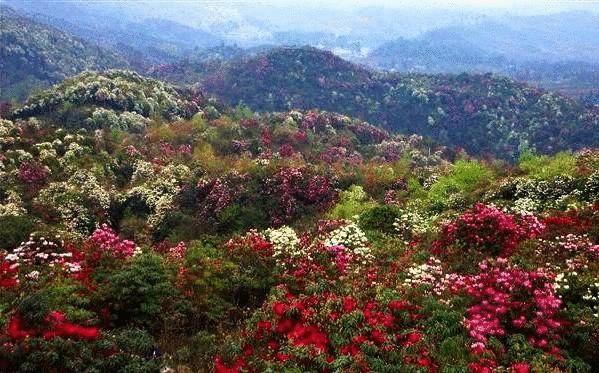427
Ernest Henry Wilson: China is the homeland of all gardens

So Ernest Henry Wilson said China, mindful of their expeditions through the province of China's Yunnan and Sichuan. These provinces can boast the greatest diversity of plant species in China and their species richness can overshadow any moderate climate zone in the world. English botanist and plant hunter, Wilson here were found and collected samples, which are adapted to the climatic conditions of European gardens, especially to the harsh winters of the UK.
In General, Wilson brought to Europe and America at least 1500 species of plants discovered in the years 1899-1910, for four long rides on massive and dangerous mountains of China. "China is indeed the birthplace of all gardens," he wrote in the book of the same title, because, among all the countries, from which we brought plants for our gardens, this is the first place in importance... flower Lovers must know that it is from China came to us rose... as well as peach, orange, lemon and grapefruit".
It is hard to find a garden in which pride of place is not occupied one of the plants native to China, and many of them were brought to Wilson directly. Among the discoveries of this researcher listed forsize, clematis, different varieties of rhododendrons, dogwood and primrose.
But the most famous discovery of C. N. Wilson, which made him famous worldwide was the opening of the flower until August, 1910, was known only to local farmers and passers-by who crossed the valley of the Min river. A beautiful flower, which can now be found in almost every garden, and in many it is Central is a Lily of Regal, and order to safely transport the flower to Europe, Wilson almost paid with his life and his whole life was scarred after multiple fractures obtained after the collapse of stones on a narrow mountain trail.
Wilson investigated different areas of the provinces of Sichuan and Yunnan, including Sino-Tibetan mountains, the real epicenter of biodiversity and unusual place for temperate zones. As a rule, temperate zones can't compete in the number and diversity of plants in tropical areas. Long, cold winters are the reason that species diversity of these zones is much less, and due to recent glaciation that covered the Northern latitudes with a thick blanket of ice.
However, the Sino-Tibetan mountains in some sense lucky, despite the fact that some of their peaks exceed 6,000 meters in height. They are located closer to the southern hemisphere, close enough not to be completely covered with snow and ice. Here are preserved various ancient species that survived the ice age, such as angiosperms (Ranunculaceae and Magnolia among them) that occur from the Cretaceous period. After the end of the Glacial period, the process of speciation there went staggering rate. For example, in this region, you can find nine genera and 50 species of coniferous (pine), 230 species of rhododendron and more than 30 species from the rose family. Until now, botanists have found up to 3500 endemic plant species is the highest species diversity in the world found in temperate latitudes.
Sino-Tibetan mountains was a real refuge for plants during the ice age, a true "Botanical Paradise" as he called them Wilson and that is why China has been able to give the world a "temperate" a huge variety of plants. Today the vast territory of the provinces of Yunnan and Sichuan declared as protected natural areas and those of us who are lucky enough to go there will undoubtedly be something to share when they return, they find the expanse of beauty that is hard to describe in words... posted
P. S. And remember, only by changing their consumption — together we change the world! ©
Source: www.ecology.md
Education of the senses: the 5 best music schools in Europe
The world's first 1-megawatt electric car will take part in the race Pikes Peak























